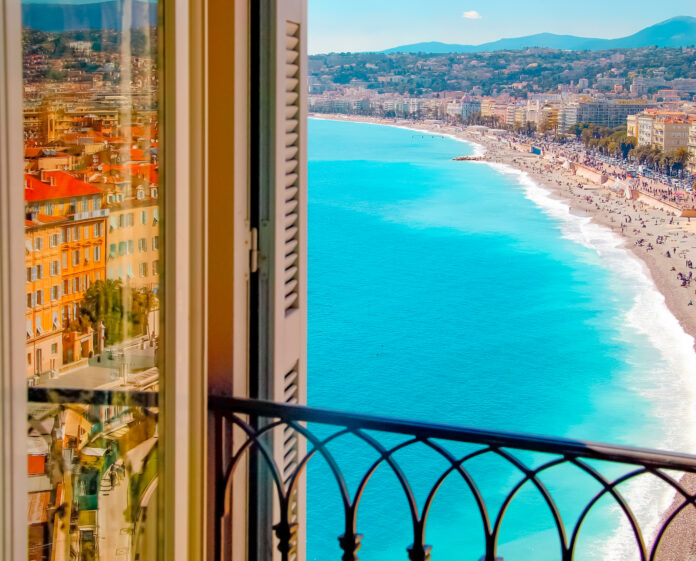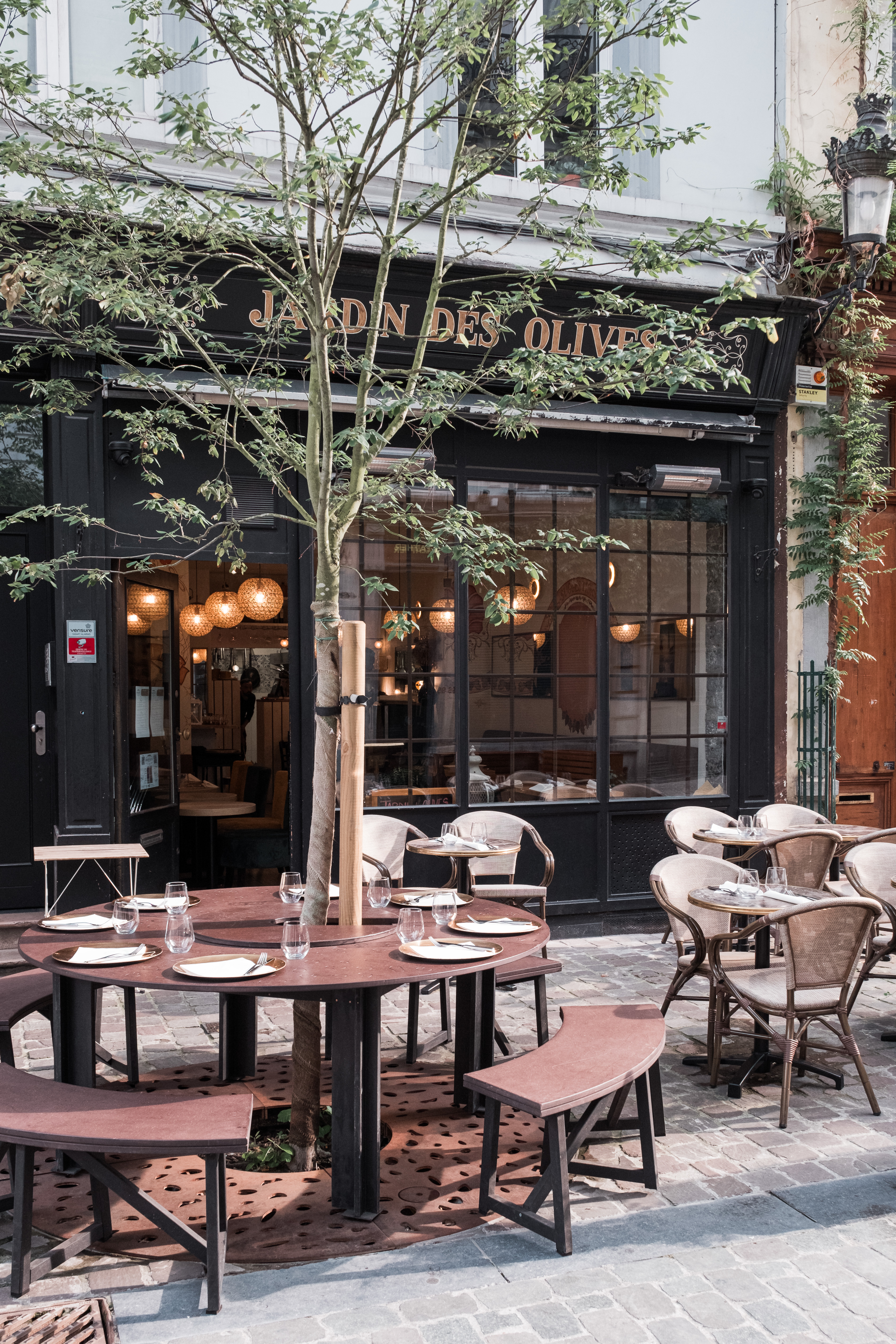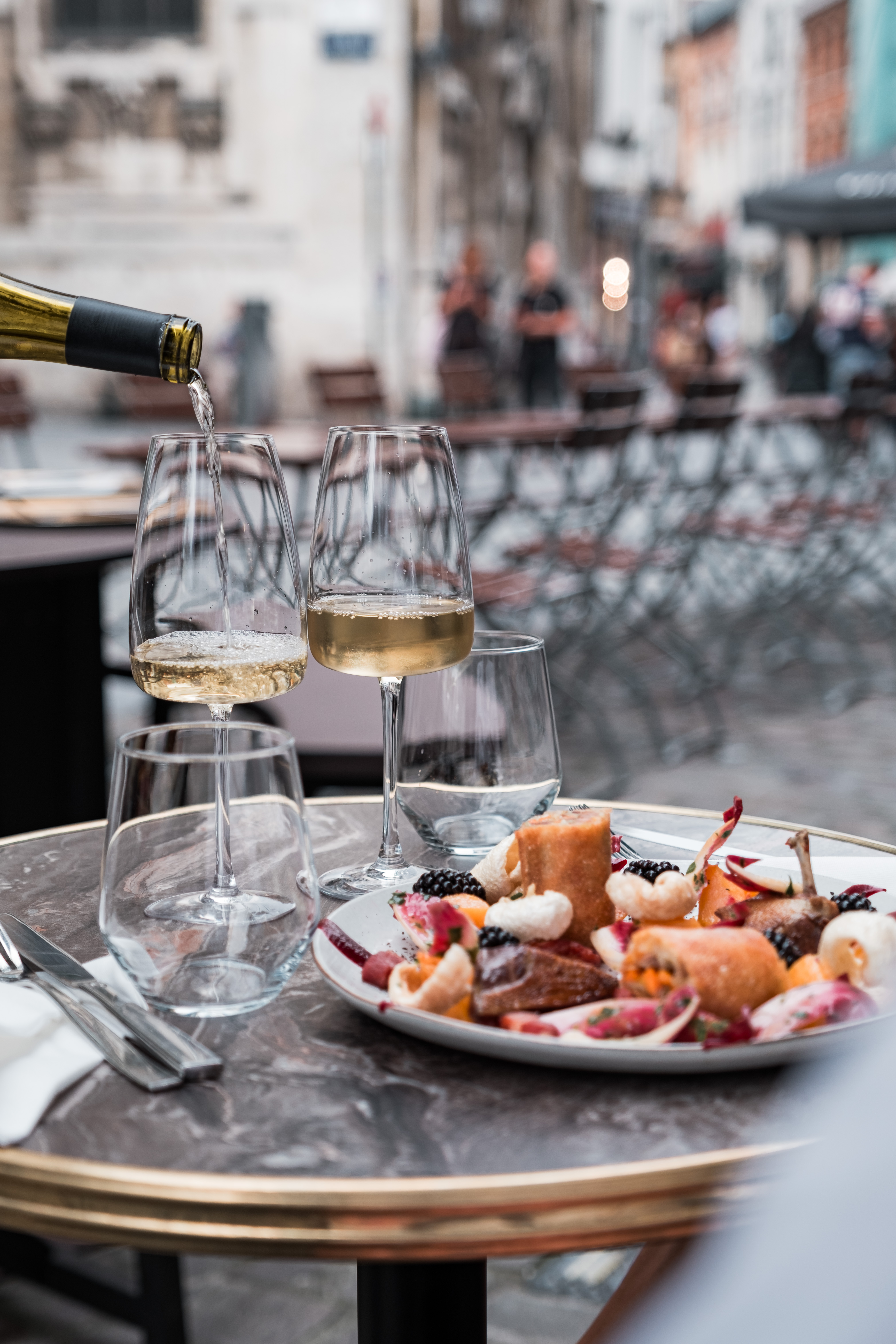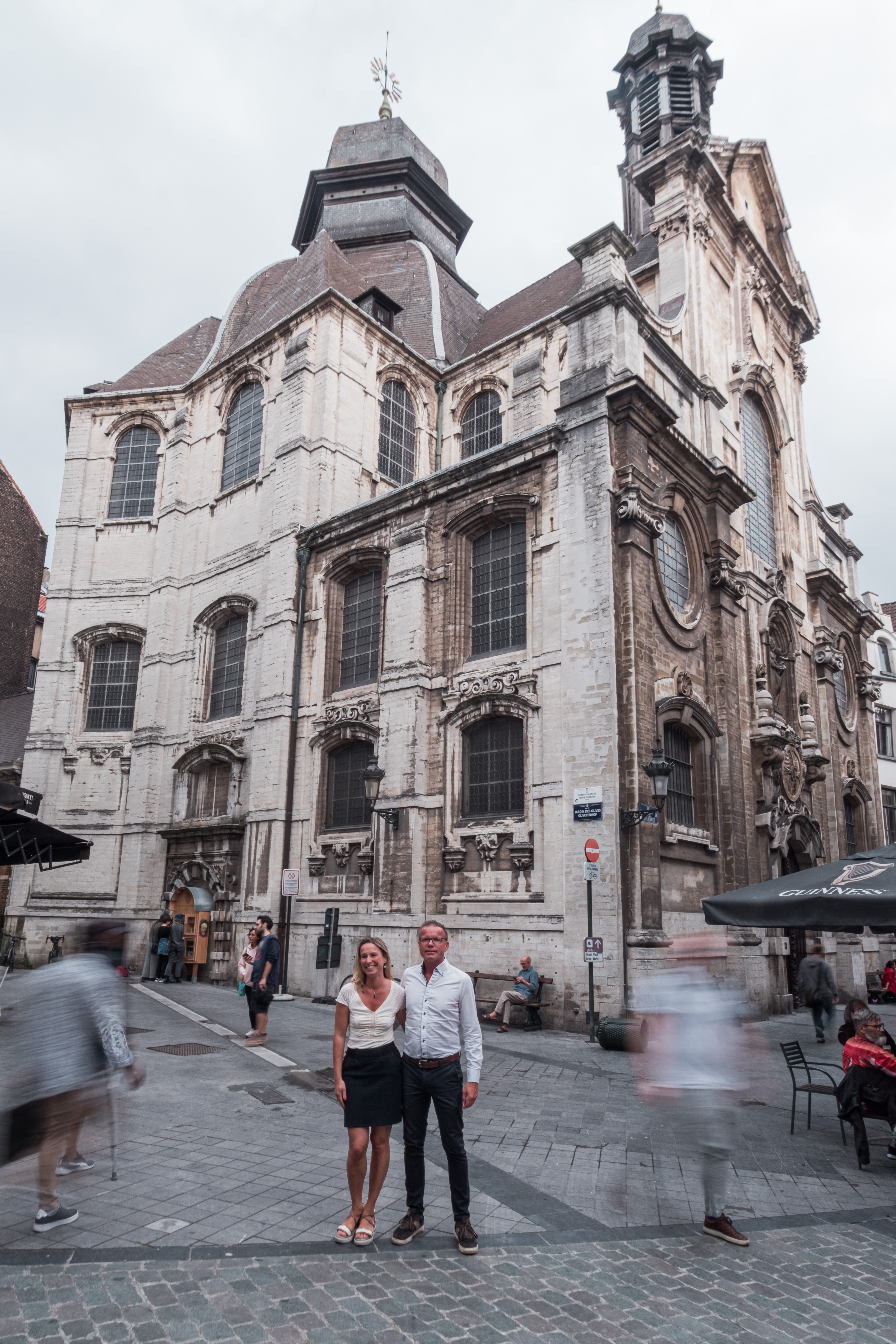Mark Browne visits Nice, a city often viewed as a gateway to the Cote d’Azur, but also a beautiful and historic city that is well worth a visit in its own right.
It could have been so different. French journalist Jean Quatremer recently lamented in Liberation that Nice was the first option considered as European capital, not Brussels. At a gathering of the French branch of the European Movement in Nice, Quatremer met Georges Berthoin, Jean Monnet’s chief of staff when he was president of the High Authority for Coal and Steel, he told Quatremer: “the communities’ institutions should have occupied the Sophia Antipolis site” in Nice. Apparently the choice was dismissed at the time because it was considered too ‘Club Med’ and not serious enough for the drab business of industrial production.
“Nice has a long history as a destination, especially among Europe’s aristocracy”
It is true that the Cote D’Azur, or French Riviera, is a name that immediately evokes images of sunshine, glamour and Mediterranean panache. Nice has a long history as a destination, especially among Europe’s aristocracy. The British upper classes were particularly attracted to its balmy shores and mild winters. Following the demise of Napoleon the popularity of the city and surrounding area increased among wealthy international visitors. During la Belle Epoque (1880-1914) many impressive new buildings were erected, and the number of hotels grew to serve the city’s glamorous international clientele.
The city has a far more ancient history, dating back to around 350 BC. It was originally founded as a Greek colony before falling to the Romans in the first century BC. In the middle ages the city was governed by the counts of Provence and then those of Savoy. It had been occupied by France on a number of occasions and was ceded to it in 1860.
“The bold Mediterranean light of Nice inspired the Fauvists like Marc Chagall and Henri Matisse”
The bold Mediterranean light of Nice inspired the Fauvists like Marc Chagall and Henri Matisse whose works can be found in the city’s many museums, including the Musée des Beaux-Arts and the eponymous Musée Marc Chagal and Musée Matisse. Writers flocked to Nice for inspiration and rehabilitation; Nietzsche, Joyce and Chekhov to name but a few.
Since the Second World War tourism in the city has become more democratized, with shorter stays rather than visitors staying for entire seasons – though you may very well want to stay for a season once you’ve visited.
What to See
Naturally a city with such an illustrious history of international tourism boasts an impressive array of imposing sites, many with interesting backstories. The Cathedral of Saint Nicholas has a distinctly Russian feel – and with good reason as it was built in honour of a young prince of the Russian royal family who died in the city in the early 19th century. It initially appears in stark contrast to the more austere exterior of the city’s main cathedral, until the interior of this 17th century baroque masterpiece is revealed.
There are several other fascinating museums: The Museum of Asian Art, the Place Massena museum of modern and contemporary art, and the Museum of Photography. The Musee Massena is a particularly magnificent Belle Epoque edifice, the former residence of the Duke of Rivoli, it is conveniently located on the Promenade des Anglais and celebrates local history.
Those wishing to experience cultural events will also enjoy the Theatre de l’opera, or Nice Opera, an architectural masterpiece rebuilt after the old theatre was destroyed in a fire in the late 19th century. It regularly hosts ballet and concerts.
For those wishing to relax after cultural excursions or simply wanting to enjoy a postprandial stroll, there is nothing better than the English Promenade to enjoy the beautiful ‘Baie des Anges’ (Bay of the Angels).
There is also a lively contemporary cultural scene in Nice. This includes events and concerts, but also sporting occasions in the local stadium. With so many interesting places to see, visitors on a shorter break would be advised to just pick a small selection and then enjoy the ambience of the city and the architectural gems which reveal themselves around every corner. Just walking around and taking in the sights is a joy in itself, as is soaking in the ambience in the numerous bars and restaurants of the old town, or flower market.
Where to Stay
As a prominent tourist destination Nice is well served by accommodation at all levels, including top quality hotels. Our location of choice is the newly refurbished Hotel La Perouse. A boutique hotel of only 53 rooms, it has an intimacy and charm lacking in many larger establishments. Having just reopened following an extensive renovation project conducted during the past winter it is back to looking its best. A member of the Small Luxury Hotels of the World network, it fits this characterization admirably.
“unrivaled views overlooking the ‘Bay of Angels’ as well as the ‘Promenade des Anglais’”
One of the primary features of the hotel is its spectacular setting on the cliffs on the promontory at the edge of the old town, affording it unrivaled views overlooking the “Bay of Angels” as well as the “Promenade des Anglais” at the water’s edge further along the coast. From this spot guests can savour the same incredible views enjoyed by many celebrity visitors over the years, including James Joyce, who commenced his literary masterpiece ‘Finnegans Wake’ here in October 1923. A nearby plaque marks this today. The view is so celebrated that many members of the public climb the adjacent tower, “Le Bellandrium”, a construction which originally formed part of the city’s defences. Hotel guests however have the comfort of enjoying the view from the comfort of their room, balcony or even the hotel’s rooftop terrace!
The setting of the hotel, in a hillside, means that it features an irregular layout characterized by multiple connected levels and a number of angles. In practice this means that each guest room is quite different in terms of layout. Some have views out to sea rather than along the coast while others have both, so guests may wish to specify their preference when booking. The hotel has also employed a variety of styles in décor to afford each room its own ambience and further emphasize the boutique nature of the property.
The courtyard dining terrace in the heart of the hotel and the heated pool, hewn into the rockside, are other lovely features to be enjoyed. The hotel’s Patio Restaurant & Terrace was relaunched as part of the renovation project and under new head Chef Damien Andrews, former right-hand man of Michelin-starred Chef Patrick Raingeard, this redesigned culinary oasis now offers a tempting menu highlighting the taste and flavours of the local region and Mediterranean sea.
How to Get There
Nice is well served by the local airport, Nice Cote D’Azur. Conveniently located at the edge of the city right by the sea, this ensures that as planes arrive and depart passengers can enjoy fantastic vistas over the city and surrounding sea as well as the foothills of the nearby Maritime Alps. The airport serves multiple airlines including budget carriers. But there is no need to go to the airport to reach Nice. High speed trains can take you there in hours. What better way to unwind than by taking the train and a good book to enjoy some slow travel to Nice la Belle.
Mark Browne was a guest of the Hotel La Perouse.
www.hotel-la-perouse.com










